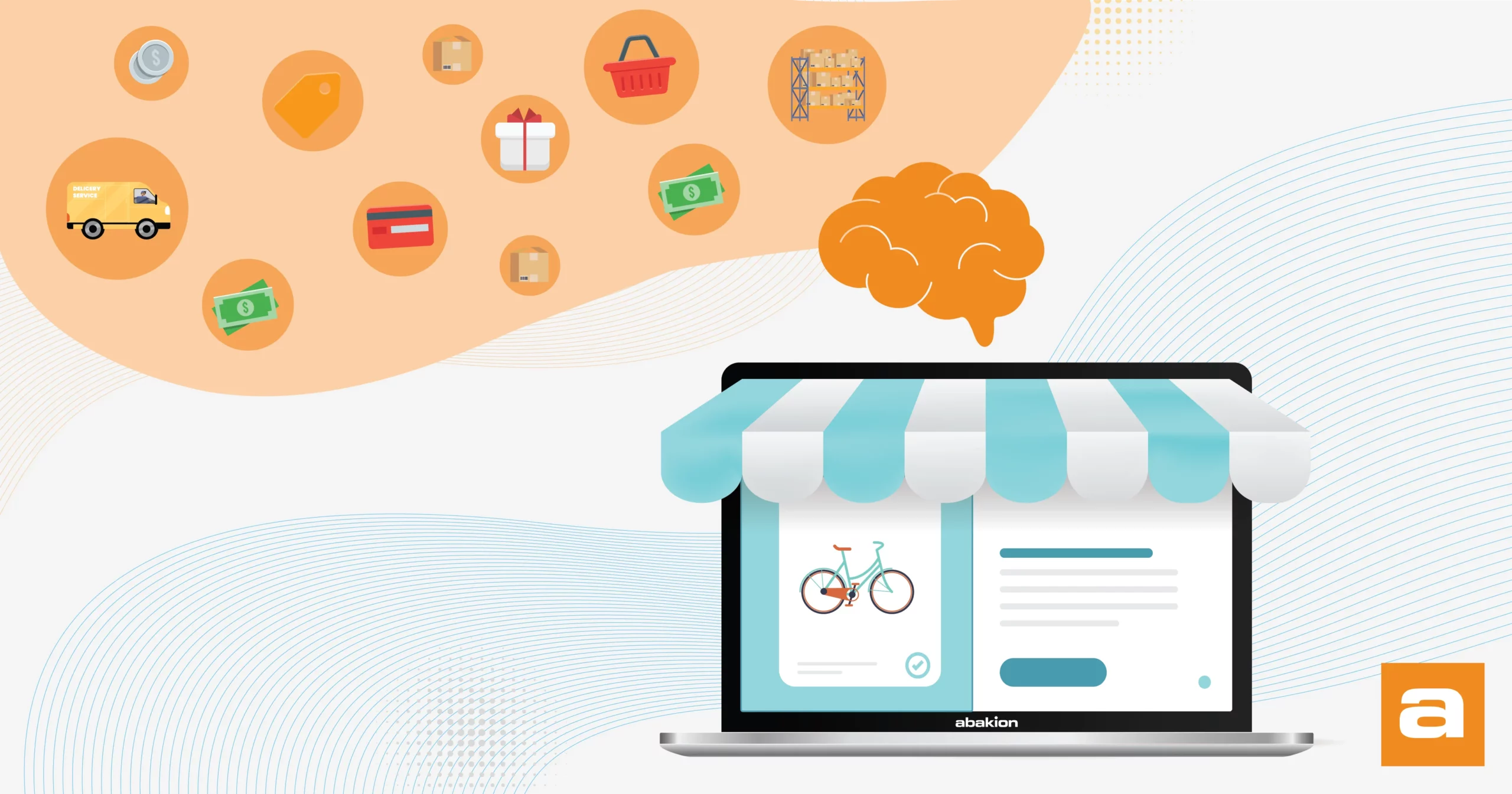Your B2B customers have been spoiled.
They have become accustomed to accurate information when they shop privately for shoes or electronics online – and they bring that habit with them when they visit your B2B webshop.
There is no point in the level of service on your B2B webshop being lower than what they know from their private purchases. It’s actually supposed to be higher.
Your B2B webshop must know all prices and stock status for each customer.
The rules of the game have changed the last few years
Let’s think of the good old days (which means a few years ago). Your customer would place an order on your B2B webshop, and then customer service would call the customer to confirm the order.
They would look up the customer’s cooperation agreement and tell them the exact price of the product. And they would also find that the item is not in stock at all – but then they would call the warehouse and be told that there will be a delivery on Thursday, and then they would inform the customer about the shipment on Thursday.
These are pleasant memories of manual processes – at a time when B2B customers could live with waiting a day or two to get their order confirmation.
It’s just not good enough today.
Customers’ increasing expectations of your webshop are mainly about delivery and prices. Let’s take a closer look at what customers are asking for:
“The last 8 are coming on Thursday”
When the customer privately orders a pair of shoes, it says: “There are 37 in stock, and if you order before 16, you’ll get it delivered tomorrow.”
Customers in your B2B webshop also want accurate information on stock and delivery time.
Back in time, there would be a red-yellow-green marking of the stock. If there’s a lot in stock, it’s green. If we get down to the safety stock, it’ll turn yellow. But in reality, visitors of the B2B webshop do not know if the item is in stock when they order because the red, yellow, and green lights are updated at most once a day.
Today, customers expect to be able to rely on whether the item is in stock or not. If they put 20 in the basket, the webshop must be able to answer that there are 12 in stock that can be shipped today, and the remaining 8 will be in stock on Thursday.
“Your total discount is exactly 8.73%”
When you get your customers to log in to your B2B webshop, they also expect the webshop to know them. Prices must be correct.
Customers provide information about themselves by logging in and they expect you to use the knowledge you have about them. There is no excuse why the webshop does not know the customers’ prices.
Back in the day, the webshop would present the customer with the list price of the item, and then the customer would on the calculator deduct the 8% discount agreed in their cooperation agreement. And then they would start doubting whether the current 5% campaign can be combined with their cooperation agreement discount, and then they would end up calling customer service.
Today, customers expect prices to be correct when they are logged in to the B2B webshop. It must include promotional prices, special agreements, quantity discounts, line discounts, invoice discounts, and what else the sellers have come up with. Customers expect the price to be accurate.
It can be difficult – and that’s just too bad
“Well, that can’t be done in practice.”
There is often someone who exclaims that.
And there’s a good reason why. Keeping webshop and ERP 100% synchronized at all times is a big task. You need to build a wild integration solution for you to be able to do what customers expect.
That is also expensive to maintain. When the sales manager has come up with a smart campaign or a special bundle price, it takes an hour to set it up in the ERP system, but it may take 10 hours to special code it in the webshop system. Therefore, in practice, it is too expensive to provide customers with the level of service that I am talking about.
But it’s just too bad because they expect it.
If you use a separate webshop system, then you need to establish a good process to ensure that prices and delivery times in the webshop are accurate and up to date.
It can easily be expensive, which is why I am advocating that you merge the ERP system and the webshop so that they run in the same system. Then the webshop can easily draw on the prices and delivery times that already exist in the ERP system. I think that’s much smarter.
Whichever solution you choose – we can’t avoid the fact that customers expect to have accurate information today.
If you would like to read more about how an e-commerce solution can become part of Business Central, you can read about the concept here: (https://abakion.dk/unbox/ecommerce/).

